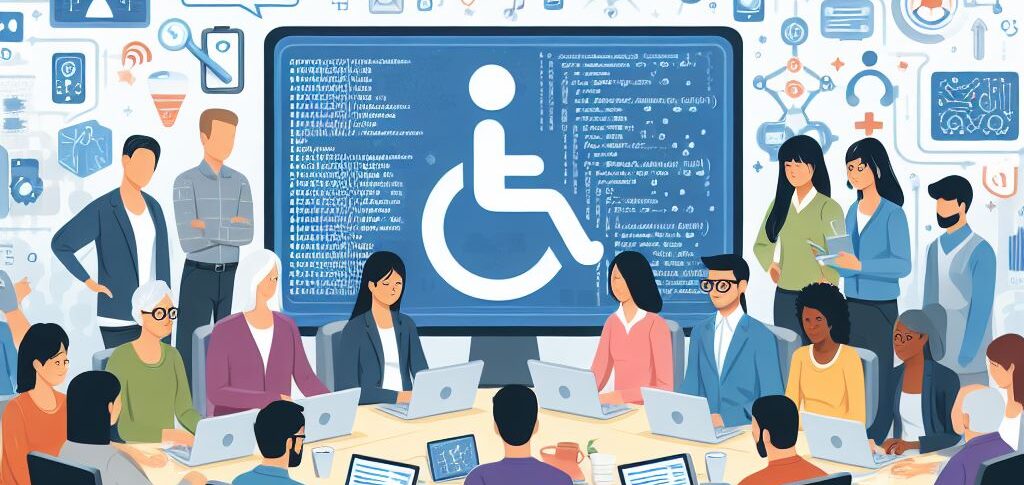Unlike cryptocurrencies, the digital Real is a sovereign currency issued by the central bank and follows the economic and monetary policies of the conventional Real, which makes it more stable and secure.
ADVERTISING
The currency also promeincrease the efficiency of the payment system and facilitate high-value transactions between participants in the financial system.
Real Digital will be accessible to everyone and can be used for everyday transactions, transfers, payments and even physical cash withdrawals.
The movement of resources will follow the same parameters as conventional currency, but it is important to highlight that Real Digital is the direct responsibility of the Central Bank, while the money deposited in bank accounts is the responsibility of financial institutions.
ADVERTISING
The main difference between Real Digital and other forms of payment is that it is being developed with a focus on operations in a virtual environment, to foster new business models in the context of a new economy.
The specialist in Economic Law and Finance, Fabiano Jantalia, explains that “these characteristics prevent it from being 'mined' or suffering large fluctuations”.

The expert explains the difference between the BC currency and cryptocurrencies: “cryptocurrencies are privately issued virtual currencies, assets with high volatility, subject to operational, legal and market risks typical of the capital market”.
ADVERTISING
A currency It will also enable the incorporation of smart contracts and other digital financial services, providing greater flexibility, better adaptation of products to consumer needs and lower intermediation costs.
Lawyer and specialist in Payment Methods and Fintechs, Mariana Prado Lisboa, says that this is “an attempt by the Central Bank to monitor the accelerated evolution of the population's behavior, which could be converted to other forms of payment already available today”.
See also:





